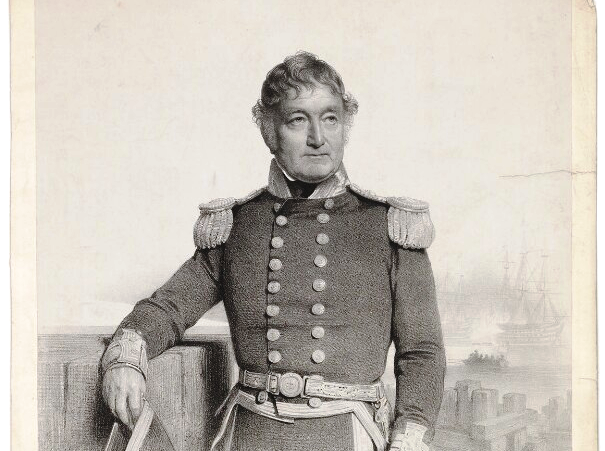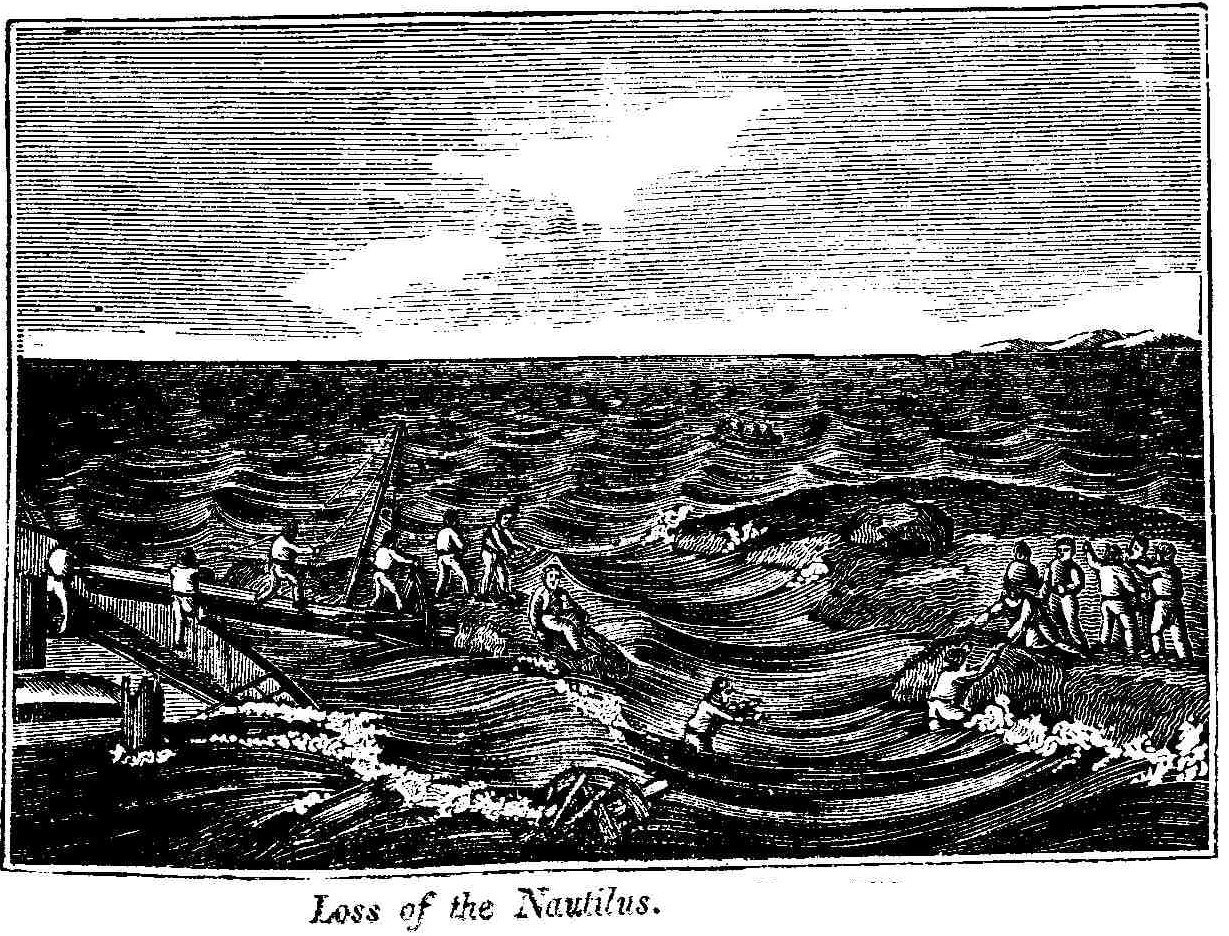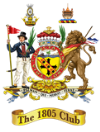Commander John Sykes
The rival
In our story of The Trafalgar Way, Captain John Sykes is painted as Lapenotiere's rival, the two racing to the Admiralty to deliver news of the victory at Trafalgar and Nelson's death. The fact is, like Lapenotiere, Sykes had a long and interesting naval career. His path may have crossed with that of Lapenotiere more than once, both before and after the events of October and November 1805.

Before Trafalgar
Sykes was born in 1774, and began his naval career at the tender age of 9 as servant to Captain Paul Minchin aboard Resource in 1783. He worked his way up the ranks, becoming Midshipman in Princess Charlotte in 1789. He distinguished himself in 1790 aboard his new ship Discovery by saving the life of his captain, Captain George Vancouver when, during a voyage around the globe, they were attacked by a party of Native Americans. During the voyage, Sykes also made sketches of the places he visited.

The above illustration was created by W Alexander from a sketch made on the spot by J. Sykes. Sykes was then Midshipman under George Vancouver.
It is possible that the two captains had met before Trafalgar in more junior roles, as they both served extensively in the Pacific.
On his return to England he was promoted to lieutenant in 1795, and to commander in 1800. He was appointed to command the sloop Nautilus in 1805, which is where our story begins.
On 27th September 1805 Nelson, heading south towards the Mediterranean, encountered Nautilus hurrying northwards with dispatches. Nelson ordered another smaller ship to carry the dispatches and instead commanded Sykes to stay at the secret rendezvous coordinates off Cape St Vincent and give any following ships of Nelson's fleet instructions about where to find him.
The following day, Lapenotiere hurried south in Pickle and met with Nautilus at his station off Cape St Vincent. There, he signed Sykes' log book to confirm he had read and understood general orders. Nelson noted in his own records on the 29th September that his plan was being followed as Pickle had been 'off St Vincent on Sunday looking for a ship at that station.' Orders were filtering down correctly!
After the battle
While Pickle dropped anchor just off Falmouth, Nautilus landed 60 miles north-east at Plymouth some 24 hours later. Both Sykes and Lapenotiere raced by carriage to the Admiralty, with Lapenotiere beating his rival by a matter of minutes. Some believe that Sykes originally led the chase, only to lose his way in the fog in London. You can find out more about how the nerve-wracking race to deliver the news unfolded here.
Later Career and Personal Life
He had missed out on the action at Trafalgar, and he had missed out on any reward from the battle or for delivering the news of the battle to London. Still, Sykes attained the rank of post-captain in 1806. Now obsolete in the Royal Navy, this rank was awarded to naval officers to distinguish them from officers in command of a vessel who would be referred to as captain regardless of rank, and commanders who were referred to as captain as a courtesy.
In 1809 he took command of Adamant as a private ship in the attack upon Flushing, during the Anglo-Dutch wars. His last appointment was as commander of Royal Adelaide in 1836, and he was promoted to flag-rank (rear admiral) in 1838. As a reward for a lifetime of good service, he was promoted to vice-admiral of the blue in 1848. He died a decade later in 1858.
Naval service was common in the Sykes family. His father was a navy agent, an attorney who served the Royal Navy, and his first-cousins Thomas and John were both commanders. Richard Byron, who was to serve in the American Revolutionary War, the French Revolutionary Wars and the Napoleonic wars, and was later to become rear-admiral, married John's sister, Sarah. John himself was married in 1811, to Elizabeth Earl, in Edinburgh.
After leaving the Navy, Sykes retired to Englefield Green in Egham, Surrey, where he served as Deputy Lieutenant of the county.







